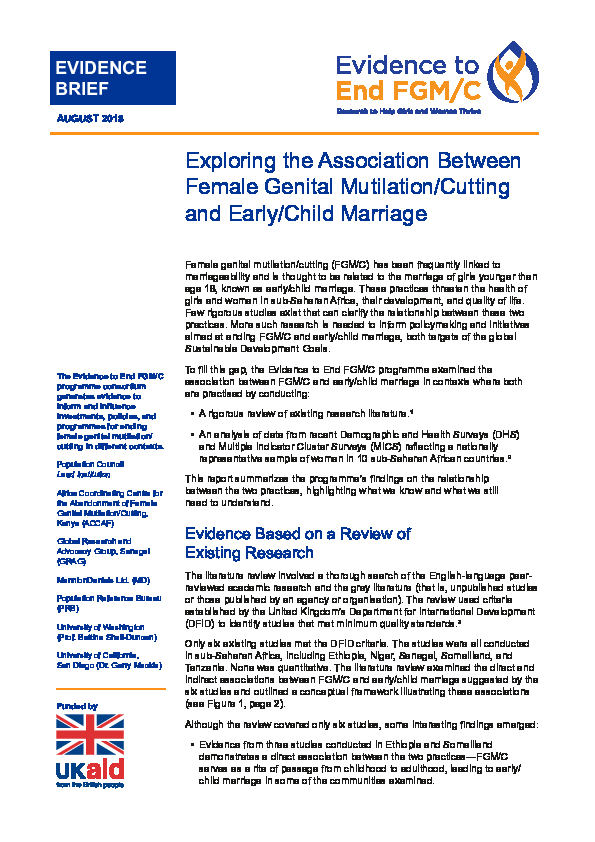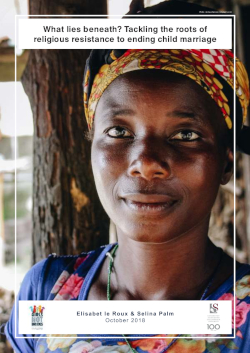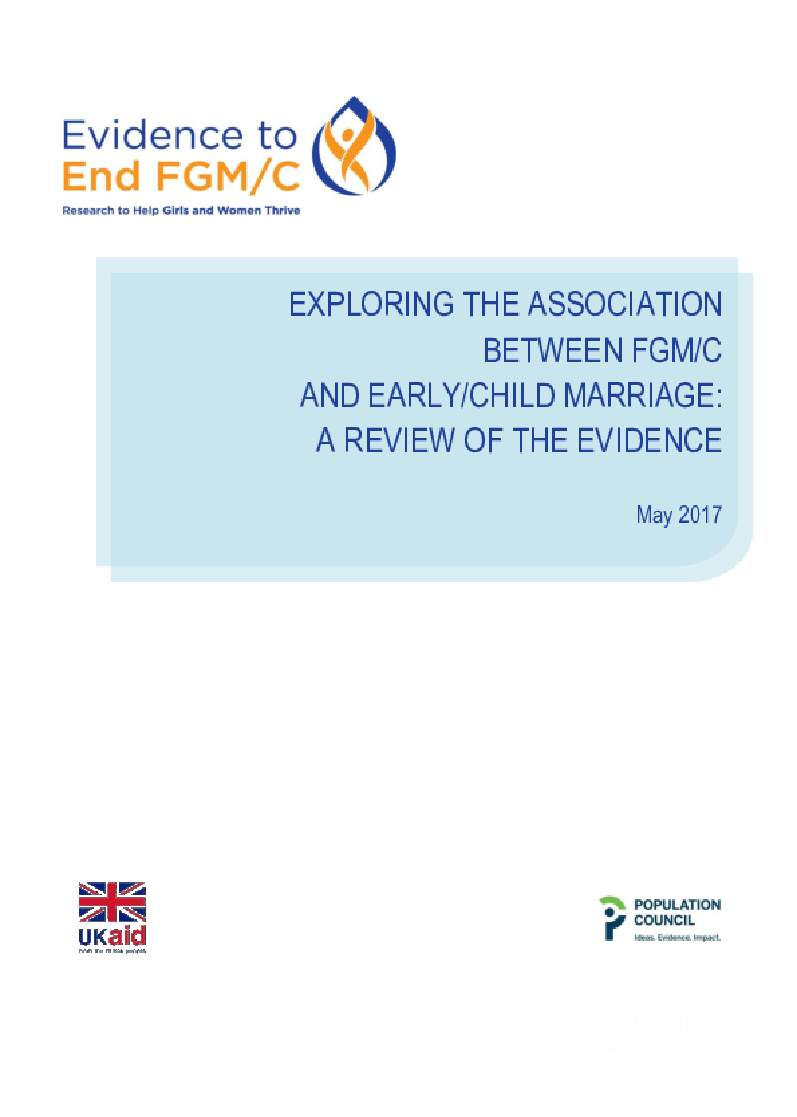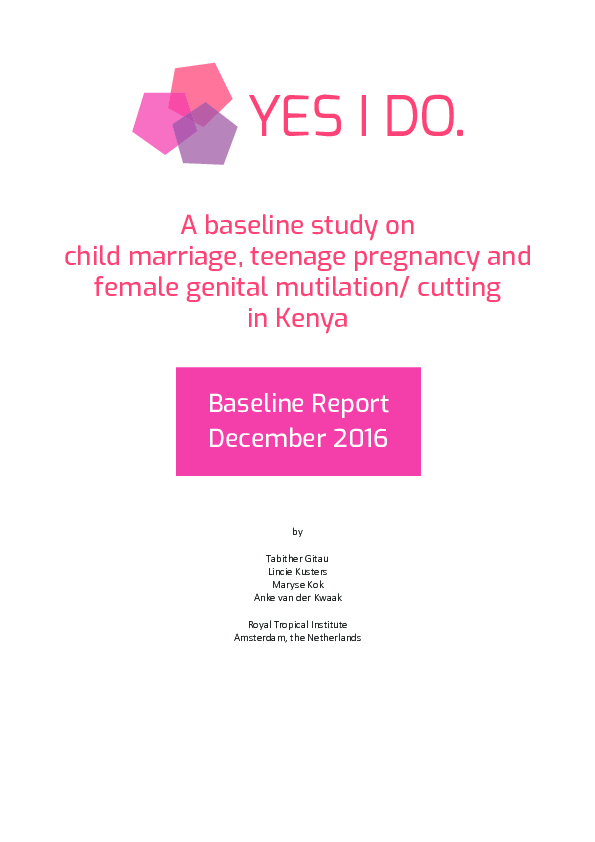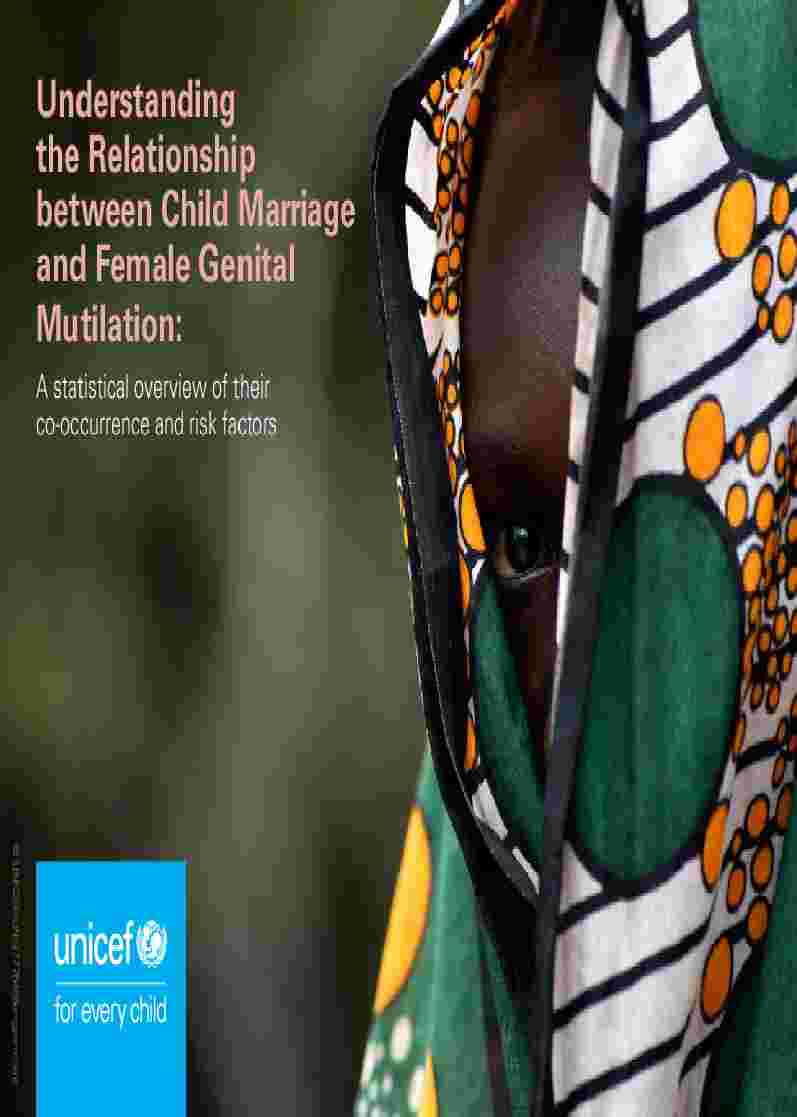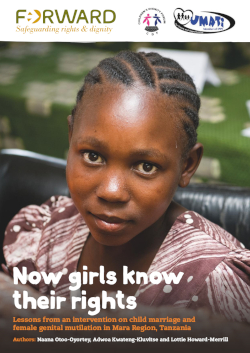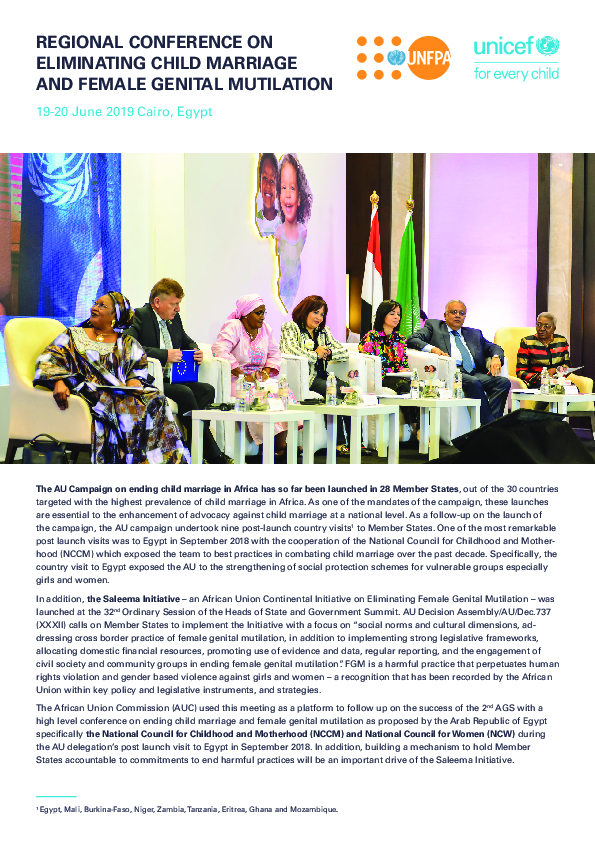Home | Research & Resources | Child Marriage & FGM/C
Key Findings
Gender inequality and conformity to norms are key drivers of child marriage and FGM/C. Both are forms of patriarchal control over girls’ sexuality and are exacerbated in contexts of crisis and poverty.
Intersecting practices
FGM/C and child marriage are not always connected, but where FGM/C is done as a rite of passage into adulthood and in preparation for marriage, girls often undergo both.
Highest prevalence
The countries where both FGM/C and child marriage are highest are Mali, Ethiopia, Burkina Faso and Guinea.
Religious identity
Neither FGM/C nor child marriage is endorsed by religion, yet in many communities they are seen as part of their religious identity.
Increased risk
Both child marriage and FGM/C are a violation of girls’ rights and increase the risk of gender-based violence. Girls without education, in rural areas and from the poorest households are most at risk where these practices are connected.
Ending FGM/C and Child Marriage
Child marriage is any formal marriage or informal union where one or both parties are under 18 years of age (Girls Not Brides).
Globally, 700 million women alive today were married as children, and 200 million women have undergone FGM/C. These two practices do co-exist in some contexts but are not always connected. Both FGM/C and child marriage are harmful practices that severely affect a girl’s health, development, education and quality of life. Both are driven by gender inequality and social beliefs. In contexts of crisis and extreme poverty, these practices are exacerbated.
40% of the world’s child brides are from South Asia, where the population is high, and child marriage is a long-established tradition. In Africa, the countries with the highest number of child brides are Nigeria and Ethiopia. However, the highest prevalence of child marriage is in Niger (76%), Central African Republic (61%) and Chad (61%).
In some communities, girls undergo FGM/C before the age of 5 (in Nigeria, where 82% of women aged 15-49 who have undergone FGM were cut before the age of 5). However, in communities where FGM/C is seen as a rite of passage into adulthood (for example, in Kenya, where 42.6% of women aged 15-49 were cut between 10 and 14), it often leads to early marriage. Although neither FGM/C nor child marriage are religious requirements, in many communities, they are seen as part of the religious identity. Therefore religious leaders must take action to change these beliefs and are involved in the work to end both FGM/C and child marriage.
Ending FGM/C and child marriage is covered by numerous UN conventions, including the Convention for the Elimination of All Forms of Discrimination Against Women (CEDAW), the Convention on the Rights of the Child, and the Convention Against Torture and Other Cruel, Inhuman or Degrading Treatment or Punishment. In addition, Sustainable Development Goal 5.3 calls for the ‘elimination of all harmful practices, such as child, early and forced marriage and female genital mutilation'.
Several organisations that work to end FGM/C also work to end child marriage. Girls Not Brides is a global partnership of over 1000 civil society organisations committed to ending child marriage. Girls Not Brides host the Child Marriage Research to Action Network - a key resources for research on child marriage and all of the issues that this topic intersects with, including FGM/C.


